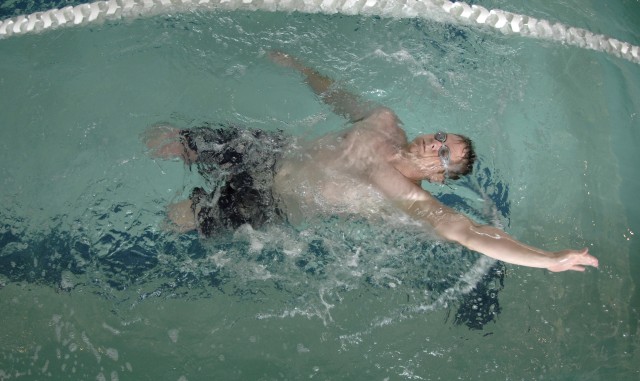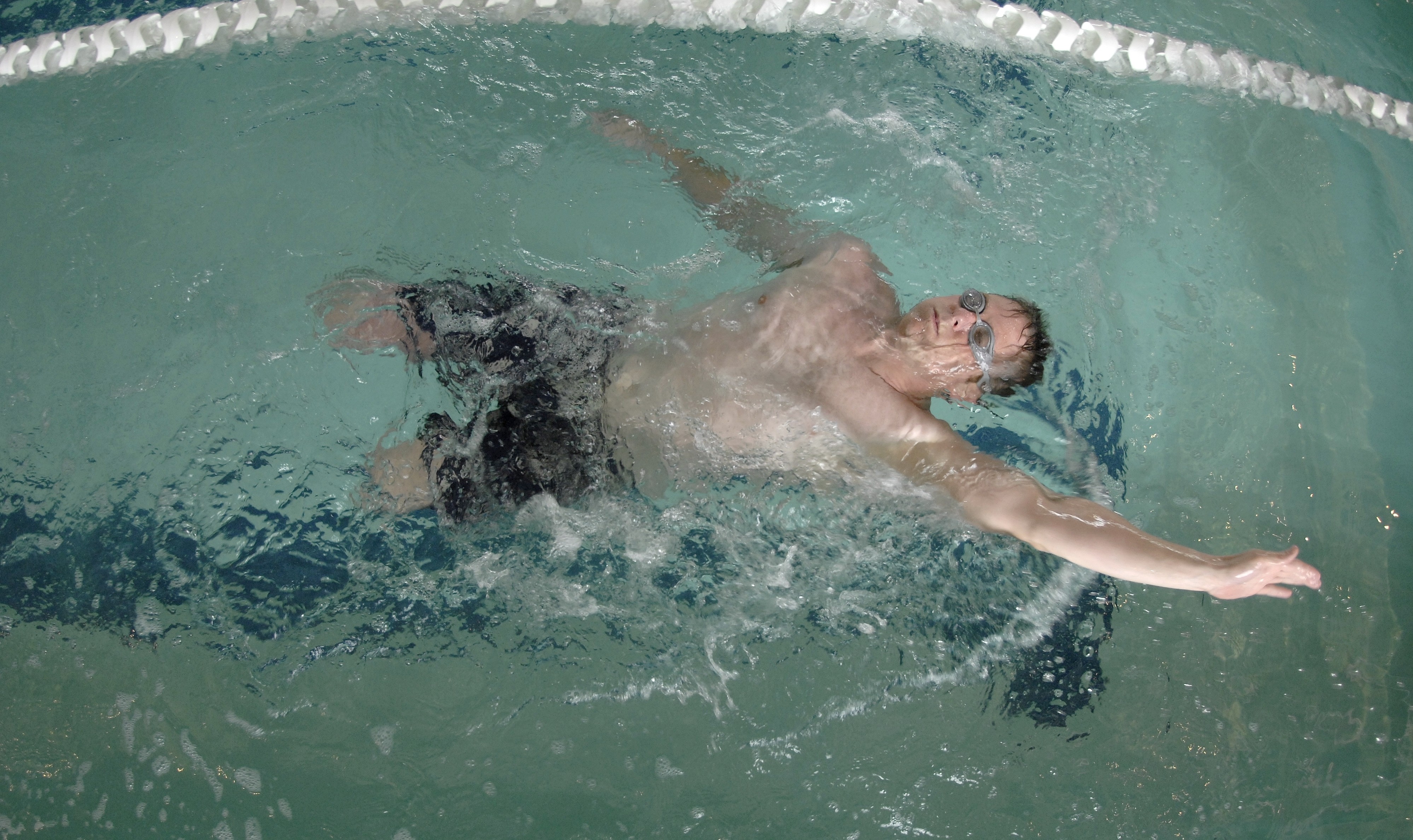The Army Wounded Warrior Program, also referred to as AW2, was created in 2004 in response to the needs of the most severely wounded, injured or ill Soldiers from the war on terror.
The AW2 helps the most severely wounded Soldiers by providing them individualized support throughout their lives - wherever they're located, said Col. Jim Rice, AW2 director.
Nearly 100 AW2 advocates - who provide personal support to Soldiers who have received or are expected to receive a disability rating of 30 percent or more - are located across the country at military installations and Department of Veterans Affairs medical centers.
The Army is fully committed to the care of is Soldiers and families, and the service has created the "triad of care" to provide support to all those who are wounded, injured or ill, said Col. Jimmie Keenan, chief of staff for the director of the Warrior Care and Transition Office in Arlington, Va. [See related story on WRAMC's Wounded Warrior-care program.]
"These Soldiers have given much to their country, and now it's time for the Army to give back to them and their loved ones," Keenan said.
At Fort Hood, Texas, home to program, said Yvonne Michek, Fort Hood's Soldier-family management specialist.
Spc. Anthony Brawdy was assigned to the 4th Infantry Division's 1st Battalion, 10th Cavalry, when an improvised explosive device in Iraq rocked his Humvee in September 2006. In the gunner's hold when the explosion occurred, his heels were shattered on contact, his right leg snapped in half, and he was thrown more than 50 feet, causing traumatic brain injury.
Originally sent to Walter Reed Army Medical Center in Washington, D.C., Brawdy was transferred to the Fort Hood Warrior Transition Unit last June. The WTU and the Army Wounded Warrior Program have given him the critical time he needs to heal, as well as time to be with his family, he said.
"The cadre there helped me file for Social Security disability benefits, and even got me a washer and dryer," said Brawdy. "Because of my problems with memory, they gave me a personal-data assistant to help me remember names, phone numbers and a calendar of events. It's been difficult. Because of my injuries, I can't pick up or carry my kids.
his neck, broke his left jaw and damaged his sinus cavities, he was transferred to Landstuhl Regional Medical Center, Germany, then on to Walter Reed for recovery.
Last May, before the WTU was created, Welsh was transferred from WRAMC to a 1st Inf. Div. unit at Fort Hood. He said the AW2 program did much to fill in the gap.
AW2 personnel informed him of all the benefits he was entitled to, he said. "They set up appointments for me, and basically 'found' me and helped me transition into the WTU and cut through all of the red tape."
Keenan said that the Army must do more to explain and assist Soldiers facing the medical- and physical-evaluation process while on active duty, and help prepare them for the VA's evaluation process if they leave the service.
"We must continue to focus our efforts on increased communications and coordination with stakeholders, especially with our primary partners in the Department of Veterans Affairs. Especially when it comes to the transition from Army health care to the VA's medical and benefits system."
See related article <a href="http://www.army.mil/-news/2008/07/01/10544-symposium-identifies-issues-to-advance-care-of-soldiers-families/index.html">Symposium identifies issues to advance care of Soldiers, Families</a>


Social Sharing